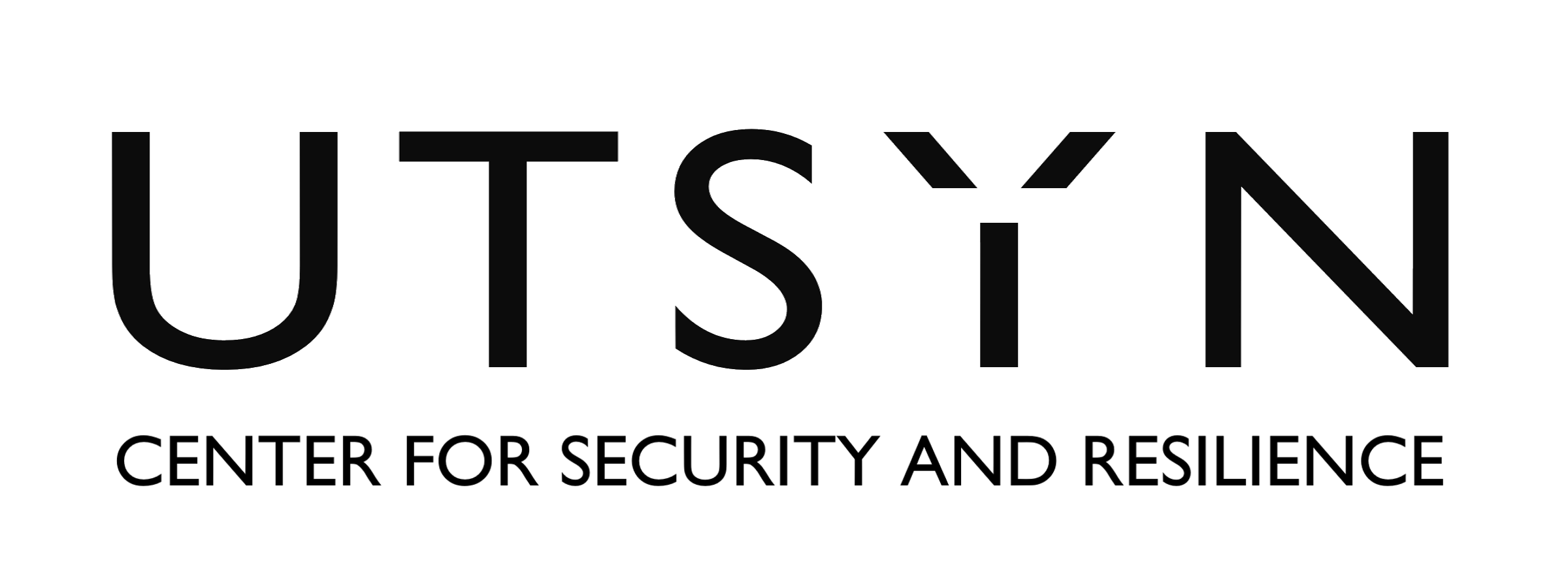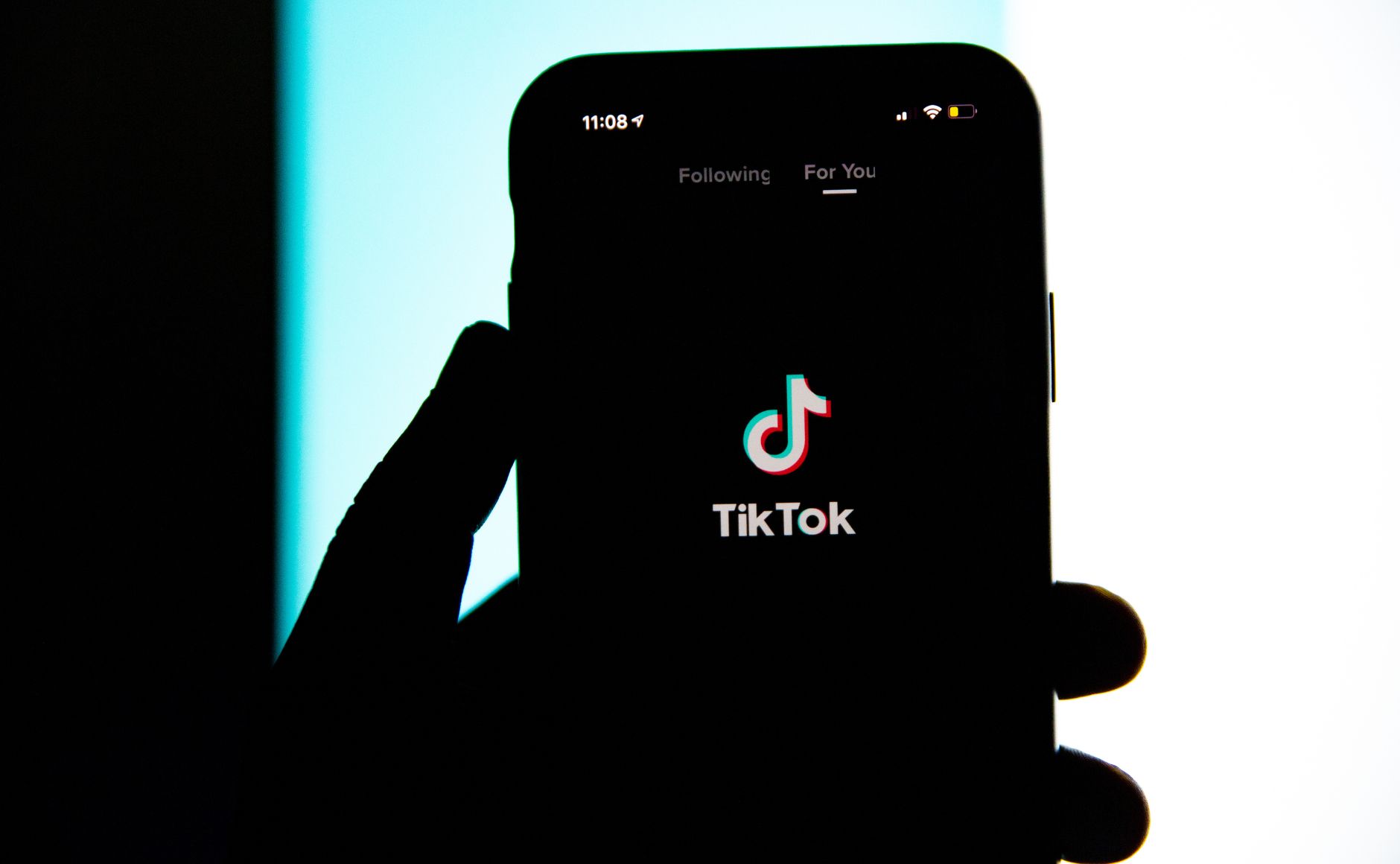How did Norwegian first-time voters use TikTok as an information source?
Ragnhild Tvergrov Skare
This is a presentation of the main findings in UTSYN’s new report on TikTok’s role among Norwegian first-time voters during the 2023 election. The report can be read here: TikTok and the 2023 Norwegian Local Election.
In September 2023, local elections were held in Norway. Tens of thousands of 18 and 19-year-old voters expressed their first political stances at Norwegian polling stations. In December 2022, the Security Minister of the United Kingdom, Tom Tugendhat, warned that TikTok has significant potential to influence British first-time voters in the next election (Martin, 2022). In Norway, 40 per cent of 16-19-year-olds claim to use TikTok to stay updated on the news (Statistisk sentralbyrå, 2023).
How does TikTok function as a channel for information on political issues in Norway? How did first-time voters use the platform to gather information during the election? What did TikTok look like during the election campaign? What impact could this have had on young voters?
Main findings
UTSYN bases this report on observations made on the platform throughout the summer and fall of 2023, international research on how TikTok influences young users, and qualitative interviews with 21 Norwegian first-time voters after the election. The report provides an overview of some of the key features of young people’s use of TikTok as an information source for political content. It is not conclusive but rather points to blind spots and areas that require further research.
The findings indicates that TikTok is not primarily used as a serious news source among young people. Unless the user has a specific interest in politics and news, the content that dominates is often related to the user’s interests. This can be things like skincare, motorsports, or celebrity news. However, there is a significant exception. When major national or international events occur, like the invasion of Ukraine in 2022 and the conflict between Israel and Palestine, TikTok is flooded with content about the events. In these cases, TikTok can provide valuable information from “the ground” but is also filled with misinformation and misleading narratives.
During the election, most first-time voters encountered political content. The majority mentioned that they mainly came across content from the right side of the Norwegian political spectrum. This aligns with surveys conducted by the major Norwegian newspaper VG (Verdens gang), which showed that the political right had five times as many views as the left on TikTok during the election period (Vik & Hvitmyhr, 2023). Although some interviewees explicitly claim to be influenced by TikTok, much suggests that the app was not the sole or most important source of information for young voters. Family, friends, traditional media, and online political party quizzes were often mentioned as more significant for young voters.
One last important observation is that the 2023 election was not particularly suitable for a TikTok election campaign. The content on the app is by nature more nationally and internationally oriented and thus more suited for national elections. The main election tag: #Valg2021 has twice as many views as #Valg2023, even though the app has more daily users in 2023 than in 2021. This suggests that the potential for TikTok to influence the 2025 Parliamentary election is greater than it was in 2023.
Recommendations for Addressing TikTok’s Impact on Political Awareness and Information Dissemination:
- Increased Media Presence on TikTok During Elections: Encourage established media houses like VG, Dagbladet, TV2, and NRK to increase the amount content presenting political party viewpoints on TikTok during elections. Enhance information diversity and counter content from unverified users
- Increase Funding for Relevant Organizations: Boost support for organizations working preventively to strengthen resilience against disinformation, especially those providing resources for schools. Recommended organizations: Tenk.faktisk.no, the educational arm of Faktisk.no, or Medietilsynet.
- Raise Awareness and Develop Strategies for TikTok in Crises: Recognize TikTok’s role in disseminating information for young users during crises and make strategies to handle misinformation. NRK, as a trusted source, should re-establish NRK Supernytt’s TikTok account to reach the younger audience effectively. Establish public-private collaborations with entities monitoring social media trends to alert the media houses when events are trending and counter misinformation.
- Advocate for International Social Media Regulation: Advocate for international regulation of social media platforms, particularly focusing on preventing the creation of echo chambers and the massive spread of misinformation during crises. Norway could push for international action through international forums like the United Nations.
- Recommendations for Further Research: Conduct long-term research on TikTok’s impact on Norwegian society, especially focusing on its role in shaping youth perspectives leading towards the 2025 election. Explore TikTok’s potential as a platform for radicalization, considering its ability to create content-specific echo chambers and potential religious radicalization.

